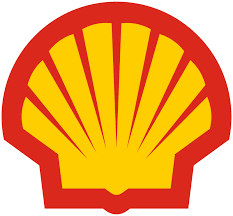Gas
Asia Spot LNG Prices Surge Slightly Amid US-China Tariff Truce
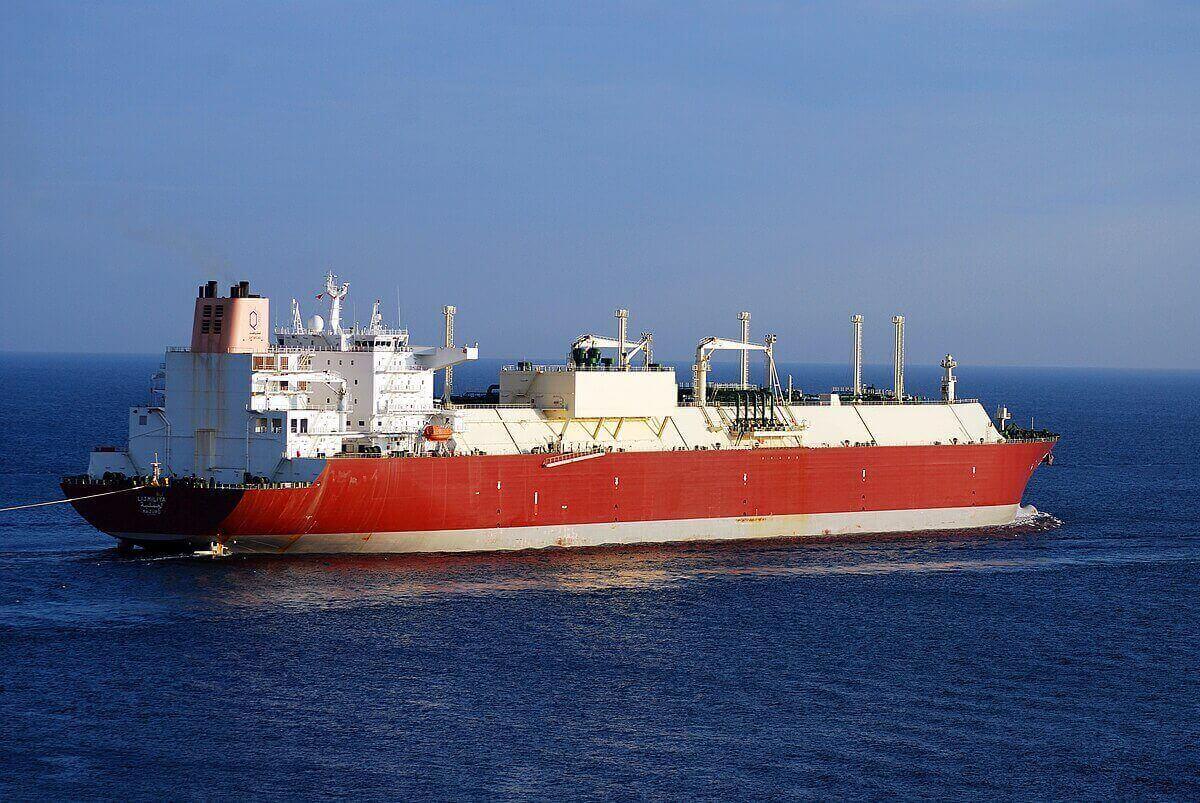
Asia spot LNG prices surged in Week 20 amid a slight uptick in industrial sentiment, which supported demand.
The surge in Asia’s LNG Prices occurred following a 90-day tariff truce that the United States and China agreed upon during trade talks in Geneva, Switzerland.
The US and China reached a deal on May 12 to cut import tariffs on each other’s goods for 90 days, starting from May 14.
As such, the US agreed to lower its tariffs from 145% to 30%, while China’s retaliatory tariffs dropped from 125% to 10%.
Asian Spot LNG Prices
The average LNG price for July delivery into North-East Asia topped $11.75 per million British thermal units (MMBTU), up from $11.50/MMBTU recorded in Week 19.
The 90-day tariff truce has boosted industrial optimism across Asian energy markets. This détente has benefited the industries of China, Vietnam, Taiwan, India, Japan, and South Korea.
These countries’ industrial sectors depend on gas for power generation to supply electricity to their various industrial plants. They also rely on gas as a feedstock, especially for their petrochemical plants.
China’s LNG Strategy
Despite the slight surge in Asian LNG prices, China’s 25% tariff on US LNG remains in place, making US LNG expensive.
Consequently, Chinese buyers like CNOOC and Sinopec are reselling LNG cargoes from the United States to other countries in Asia and Europe, where demand remains robust.
Nevertheless, China continues to diversify its LNG sources away from the United States, with increased engagement with Russia and the UAE.
European Market Dynamics
In Europe, gas prices at the Dutch TTF hub remain range-bound between €34 and €35 per megawatt hour. Weaker demand amid warmer weather supports TTF prices. Europe remains a key destination for re-routed LNG cargoes from the United States. Primary European destinations include Spain, the Netherlands, France, and the UK.
Freight Rates
Regarding freight rates, while the Atlantic rates have declined sharply, Pacific rates have held steady.
Atlantic rates showed their largest week-on-week drop since January. On May 16, they were assessed at $32,500/day, while Pacific rates remained relatively stable at $22,250/day.
Arbitrage opportunities currently favour Asia through the Panama Canal. The Panama Canal remains a critical chokepoint for US Gulf Coast LNG heading to Asia.
However, the Cape of Good Hope route favours Europe. Due to the Red Sea Crisis, several LNG shippers are opting for longer routes around the Cape of Good Hope, which adds time and cost.
Impact of US-China Tariff Truce on LNG Trade
The 90-day tariff truce agreed between the United States and China on May 12 has temporarily eased trade tensions between the two largest economies. However, its impact on LNG trade remains limited.
Despite the tariff reductions, US tariffs on Chinese goods dropping from 145% to 30% and China’s tariffs on US goods falling from 125% to 10%, the 90-day period is insufficient for China to resume imports of US LNG.
China’s 25% on US LNG remains in place despite the tariff reduction agreed during trade talks. As a result, Chinese buyers, restrained by the 25% tariffs, are reexporting US LNG to Asian and European markets.
This strategy enables Chinese buyers to avoid the financial burden of tariffs. In addition, Asian and European countries that need LNG receive supplies to meet their energy demand.
Gas
Kwale Gas Gathering to Double its Gas Processing Capacity

The Kwale Gas Gathering (KGG) plant plans to undergo expansion to reach 600 million standard cubic feet daily. KGG facility was designed to process stranded gas resources in OML56.
Gas
Natural Gas Prices May 27, 2025: US, UK & Europe

Gas prices surged in the US and the UK, but held steady in Continental Europe on May 27, 2025, amid growing concerns over supply disruptions.
Prices remain after unplanned capacity cuts were announced at Norway’s massive Troll gas field due to external power issues, compounding ongoing maintenance at other key sites like Nyhamna and Aasta Hansteen.
Norway is under pressure to maintain stable flows as Europe scrambles to refill gas storage, currently at just 45%.
The US natural gas price closed at roughly $3.753/MMBtu on May 27, compared with 3.667/MMBtu recorded on May 27.
UK natural gas futures topped to 88.46 pence per therm up from 87.15 recorded on May 26.
European natural gas futures topped €37.00/MWh on May 27, down from €37.25/MWh recorded on May 26.
Read: Natural Gas Prices May 26, 2025: US, UK & Europe
Major Natural Gas Price Benchmarks
Region | Benchmark | Key Features |
United States | Henry Hub (NYMEX) | Reflects supply/demand in North America Tied to US shale gas production & pipeline infrastructure dynamics |
Europe | TTF (Netherlands) | Europe's leading gas benchmark Reflects LNG and pipeline flows from Russia, Norway, and LNG imports |
Asia | JKM (Japan-Korea LNG) | Reflects Asian demand, LNG deliveries to Japan & South Korea |
United Kingdom | NBP (National Balance Point) | Linked to European gas markets Influenced by LNG & North Sea supply Futures |
Other benchmarks include
- Oil-Linked Pricing: Some long-term contracts ( Russia’s Gazprom pipeline gas exports) still use oil-indexed pricing. Gazprom has long preferred long-term contracts and hybrid pricing with spot elements to hedge against price volatility.
- AECO Canada: It is Canada’s benchmark linked to Western Canada’s pipeline gas supply
Key Factors Influencing Natural Gas Prices
Several supply and demand factors influence natural gas prices. Below is a detailed breakdown of key aspects affecting natural gas prices:
Supply Factors
- Production Levels: Qatar, Russia, and US shale gas production heavily influence global supply. Thanks to fracking technology, the US is already the world’s top natural gas producer. Thus, higher gas production by these countries can push prices down due to oversupply.
- Storage Inventories: Natural gas is stored in underground facilities. Thus, high storage levels generally lead to lower prices. At the same time, low storage levels signal scarcity, leading to price surges.
- Imports/Exports: Fluctuations in gas exports via pipelines or LNG from key producers can significantly affect regional prices. For instance, European gas prices soared by 30% in September 2022 following the indefinite shutdown of Russia’s Nord Stream 1 pipeline. The pipeline, which runs under the Baltic Sea to Germany, historically supplied between 50 – 55 BCM/year of gas to Europe. Likewise, rising liquefied natural gas (LNG) exports by Qatar, Australia, and the US can lead to oversupply and lower prices.
Demand
- Electricity Sector Competition: Countries rely on various sources for power generation, including natural gas, nuclear power, coal, and renewable energy like wind and solar. Suppose the prices of coal and renewables increase. In such developments, electricity producers will shift to natural gas. Conversely, if coal or renewable sources become cheaper, demand for gas will fall, resulting in lower gas prices.
- Weather conditions: Weather plays a significant role in influencing natural gas prices. During the summer, there is a massive surge in the demand, especially in Europe & North America, for air conditioning systems. The high demand for electricity to cool homes and industrial plants can increase natural gas prices. At the same time, during the cold winter season, there is increased gas demand, especially across Europe, North America, and East Asia, to heat homes and industries. When chilly weather hits—like snowstorms or Arctic blasts—it can freeze up gas wells. That means less output, slower deliveries, and higher prices. Hurricanes often shut down oil and gas operations temporarily, pushing prices higher.
- Economic Growth: Strong global economic growth, especially in the US, China, Japan, South Korea, and the EU, boosts industrial demand for natural gas. The manufacturing sector (chemicals, automotive, petrochemicals) depends heavily on gas for feedstock and power generation. However, a weak global economic outlook reduces gas demand, and thus, prices drop.
Geopolitics
- Geopolitical tensions, such as the 2023-2025 Middle East Crisis and the 2022-2025 Russia-Ukraine war, negatively impact gas prices. These tensions disrupt pipeline gas or LNG supplies from producing countries (Russia, Qatar, Australia) to Europe, causing price spikes.
- Russia-Ukraine War: Sanctions on Russian gas disrupted gas supplies to Europe, causing price surges.
- Middle East Conflicts: The tensions in the Middle East impact LNG exporters like Qatar. Following the Houthi Rebel attacks on commercial shipping passing along the Red Sea, Qatar has detoured its LNG tankers towards the Cape of Good Hope (Southern Africa), a much longer route to export LNG to its European clients.
Gas
Natural Gas Prices May 26, 2025: US, UK & Europe

Gas prices saw mixed reactions in the US, the UK & Continental Europe on May 26, 2025, amid growing concerns over supply disruptions.
Prices rose in Europe after unplanned capacity cuts were announced at Norway’s massive Troll gas field due to external power issues, compounding ongoing maintenance at other key sites like Nyhamna and Aasta Hansteen.
Equinor extended a partial outage at Troll until May 30 following a compressor failure. The outage, which began after the field’s annual one-day stop-start test on May 21, has affected output by 34.6 million cubic meters per day, leaving Troll’s remaining capacity at 90 mcm/d.
Norway is under pressure to maintain stable flows as the continent scrambles to refill gas storage, currently at just 45%. Geopolitical tensions also weigh on sentiment, particularly as hopes for a Ukraine peace deal continue to fade.
The US natural gas price closed at roughly $3.66/MMBtu on May 26, compared with 3.75/MMBtu recorded on May 25.
UK natural gas futures held steady at 87.15 pence per therm.
European natural gas futures topped €37.25/MWh on May 26, up from €36.45/MWh recorded on May 23.
Read: Natural Gas Prices May 20, 2025: US, UK & Europe
Major Natural Gas Price Benchmarks
Region | Benchmark | Key Features |
United States | Henry Hub (NYMEX) | Reflects supply/demand in North America Tied to US shale gas production & pipeline infrastructure dynamics |
Europe | TTF (Netherlands) | Europe's leading gas benchmark Reflects LNG and pipeline flows from Russia, Norway, and LNG imports |
Asia | JKM (Japan-Korea LNG) | Reflects Asian demand, LNG deliveries to Japan & South Korea |
United Kingdom | NBP (National Balance Point) | Linked to European gas markets Influenced by LNG & North Sea supply Futures |
Other benchmarks include
- Oil-Linked Pricing: Some long-term contracts ( Russia’s Gazprom pipeline gas exports) still use oil-indexed pricing. Gazprom has long preferred long-term contracts and hybrid pricing with spot elements to hedge against price volatility.
- AECO Canada: It is Canada’s benchmark linked to Western Canada’s pipeline gas supply
Key Factors Influencing Natural Gas Prices
Several supply and demand factors influence natural gas prices. Below is a detailed breakdown of key aspects affecting natural gas prices:
Supply Factors
- Production Levels: Qatar, Russia, and US shale gas production heavily influence global supply. Thanks to fracking technology, the US is already the world’s top natural gas producer. Thus, higher gas production by these countries can push prices down due to oversupply.
- Storage Inventories: Natural gas is stored in underground facilities. Thus, high storage levels generally lead to lower prices. At the same time, low storage levels signal scarcity, leading to price surges.
- Imports/Exports: Fluctuations in gas exports via pipelines or LNG from key producers can significantly affect regional prices. For instance, European gas prices soared by 30% in September 2022 following the indefinite shutdown of Russia’s Nord Stream 1 pipeline. The pipeline, which runs under the Baltic Sea to Germany, historically supplied between 50 – 55 BCM/year of gas to Europe. Likewise, rising liquefied natural gas (LNG) exports by Qatar, Australia, and the US can lead to oversupply and lower prices.
Demand
- Electricity Sector Competition: Countries rely on various sources for power generation, including natural gas, nuclear power, coal, and renewable energy like wind and solar. Suppose the prices of coal and renewables increase. In such developments, electricity producers will shift to natural gas. Conversely, if coal or renewable sources become cheaper, demand for gas will fall, resulting in lower gas prices.
- Weather conditions: Weather plays a significant role in influencing natural gas prices. During the summer, there is a massive surge in the demand, especially in Europe & North America, for air conditioning systems. The high demand for electricity to cool homes and industrial plants can increase natural gas prices. At the same time, during the cold winter season, there is increased gas demand, especially across Europe, North America, and East Asia, to heat homes and industries. When chilly weather hits—like snowstorms or Arctic blasts—it can freeze up gas wells. That means less output, slower deliveries, and higher prices. Hurricanes often shut down oil and gas operations temporarily, pushing prices higher.
- Economic Growth: Strong global economic growth, especially in the US, China, Japan, South Korea, and the EU, boosts industrial demand for natural gas. The manufacturing sector (chemicals, automotive, petrochemicals) depends heavily on gas for feedstock and power generation. However, a weak global economic outlook reduces gas demand, and thus, prices drop.
Geopolitics
- Geopolitical tensions, such as the 2023-2025 Middle East Crisis and the 2022-2025 Russia-Ukraine war, negatively impact gas prices. These tensions disrupt pipeline gas or LNG supplies from producing countries (Russia, Qatar, Australia) to Europe, causing price spikes.
- Russia-Ukraine War: Sanctions on Russian gas disrupted gas supplies to Europe, causing price surges.
- Middle East Conflicts: The tensions in the Middle East impact LNG exporters like Qatar. Following the Houthi Rebel attacks on commercial shipping passing along the Red Sea, Qatar has detoured its LNG tankers towards the Cape of Good Hope (Southern Africa), a much longer route to export LNG to its European clients.
Gas
Shell Nigeria Gas Engages Stakeholders On Deepening Gas Distribution
-

 Business News2 months ago
Business News2 months agoNigeria’s Oil and Gas Reserves 2025 Reach 37 billion barrels & 210.5 TCF
-
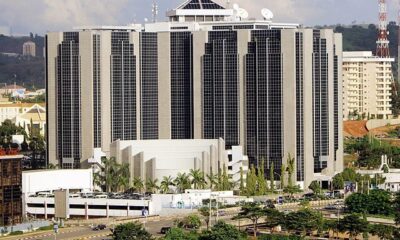
 Business News3 weeks ago
Business News3 weeks agoCBN to Hold Its 300th MPC Meeting on May 20 2025
-
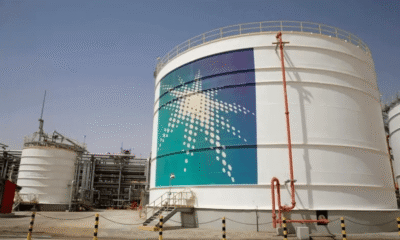
 Oil1 month ago
Oil1 month agoSaudi Aramco Increases June Oil Prices For Asia Amid OPEC+ Supply Hike
-
 Oil1 month ago
Oil1 month agoCrude Oil Prices May 5, 2025: Brent & WTI Rates
-

 Oil3 weeks ago
Oil3 weeks agoCrude Oil Prices May 14, 2025: Brent & WTI Rates
-
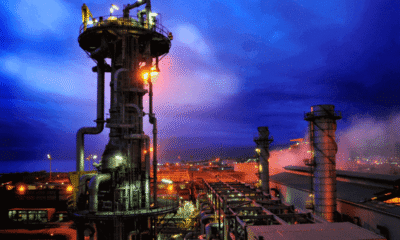
 Gas4 weeks ago
Gas4 weeks agoNLNG Enters a Gas Supply Deal with Seplat Energy







